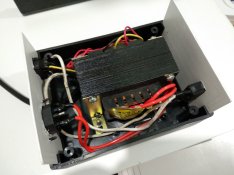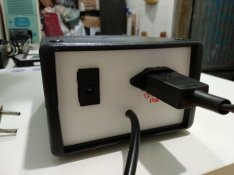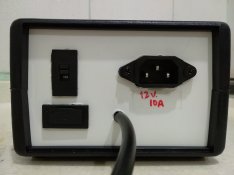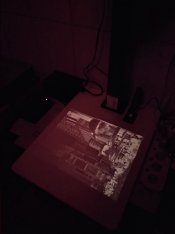Rodrigo Silva
Member
Hello everyone, this is my first post here, always find great references in this forum in my Google searches.
I bought an LPL C7700 Enlarger that is in good general condition but missing the 12v power supply and correct bulb.
The device arrived with a 250W lamp connected directly to the electrical mains (127v). Which serves for some quick tests, but not for use since it generates too much heat, and can cause damage to the mixing box or filters.
I was able (with some difficulty) to find a 12V 10amp transformer and built a box with selector on/off that should work but my doubt is whether the original power supply has other components besides the voltage transformer.
I tried Google images but couldn't find any reference.
100w 12v lamp is on its way...
Has anyone here ever opened or had to make any repairs to confirm this information?
Thank you!



I bought an LPL C7700 Enlarger that is in good general condition but missing the 12v power supply and correct bulb.
The device arrived with a 250W lamp connected directly to the electrical mains (127v). Which serves for some quick tests, but not for use since it generates too much heat, and can cause damage to the mixing box or filters.
I was able (with some difficulty) to find a 12V 10amp transformer and built a box with selector on/off that should work but my doubt is whether the original power supply has other components besides the voltage transformer.
I tried Google images but couldn't find any reference.
100w 12v lamp is on its way...
Has anyone here ever opened or had to make any repairs to confirm this information?
Thank you!


















